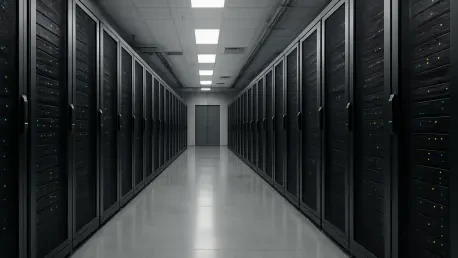
Imagine a world where the relentless hunger for digital innovation—fueled by artificial intelligence and cloud computing—pushes data centers to consume more energy than entire cities, yet the grid struggles to keep pace. This is the reality of today's tech landscape, where energy demands are
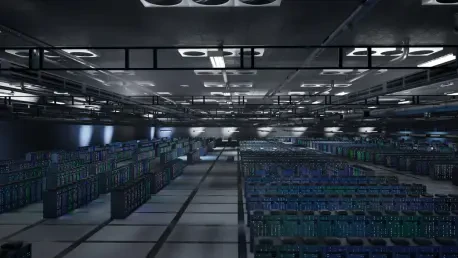
I'm thrilled to sit down with Matilda Bailey, a renowned networking specialist whose expertise in cellular, wireless, and next-generation solutions has made her a go-to voice in the evolving world of data center interconnect (DCI) and optical networking. With DCI experiencing unprecedented growth
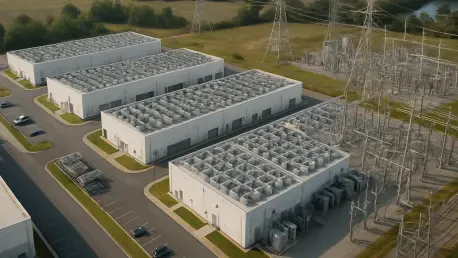
Imagine a world where the backbone of modern technology, artificial intelligence, is silently pushing the US energy grid to the brink of collapse. AI data centers, the powerhouses behind everything from cloud computing to complex machine learning, are consuming electricity at an alarming
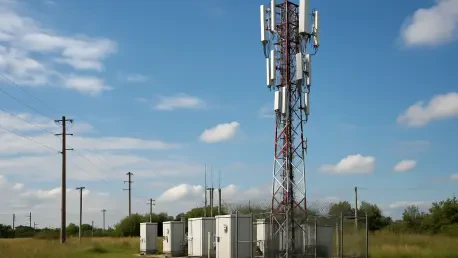
Imagine a nation where every device, from the smallest smart sensor to the most advanced corporate server, hums in perfect sync, powered by networks so robust they seem invisible. That’s the vision driving the telecom infrastructure boom in the United States over the next decade, from 2025 to 2035.
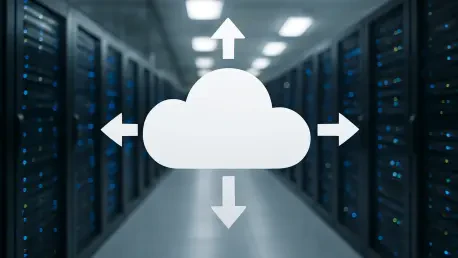
Imagine a world where the boundaries between major cloud platforms dissolve, allowing businesses to tap into the best tools and services without wrestling with technical roadblocks. That vision is becoming reality with a landmark collaboration between two giants of the cloud computing realm, Google

Procurement teams keep buying eye-popping accelerators and bigger nodes only to see throughput flatten, jobs stall on shuffles, and energy bills climb while GPUs sit idle because data movement and memory fit—not peak compute—call the shots. The paradox is familiar: systems look fast on paper yet